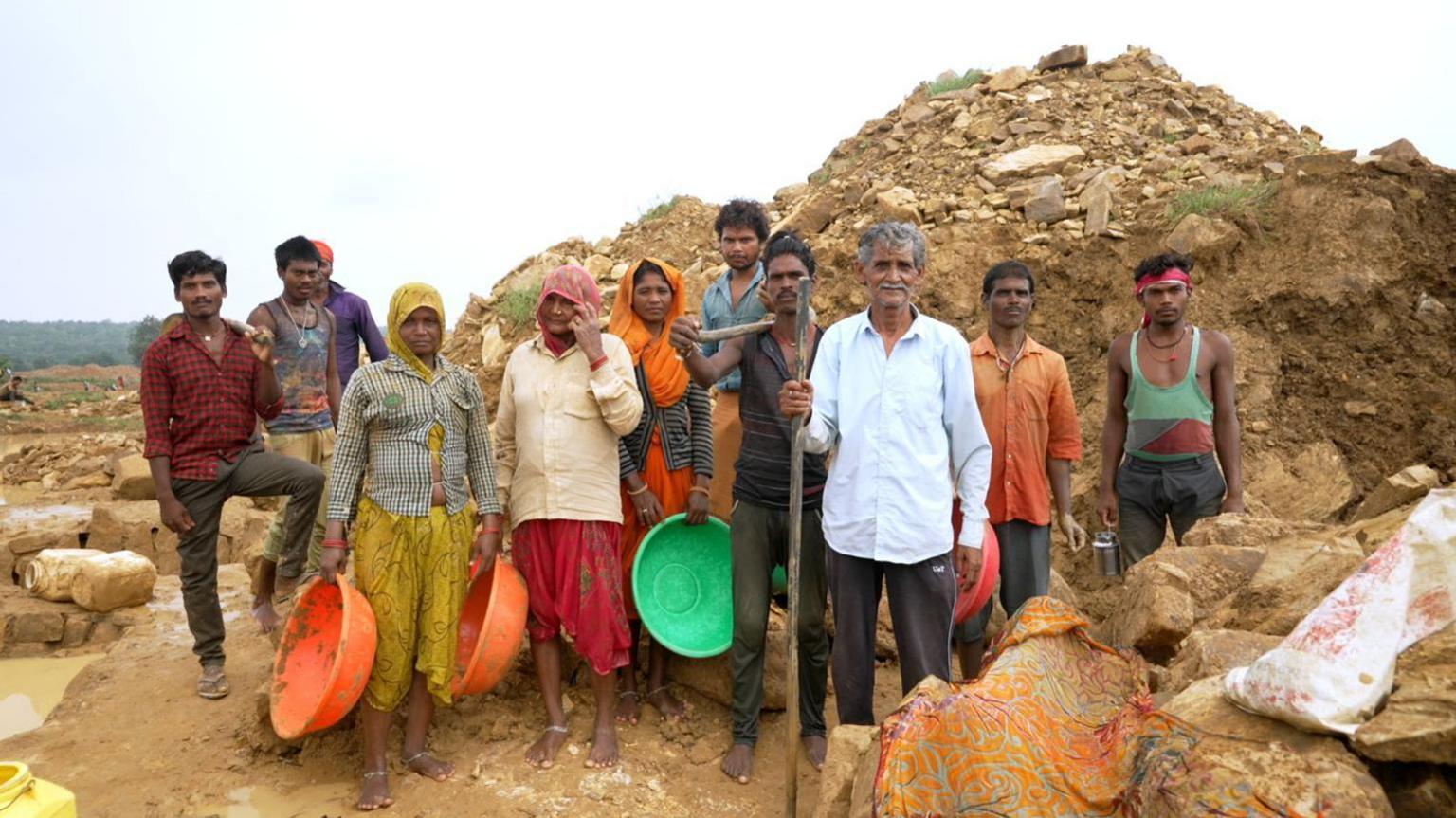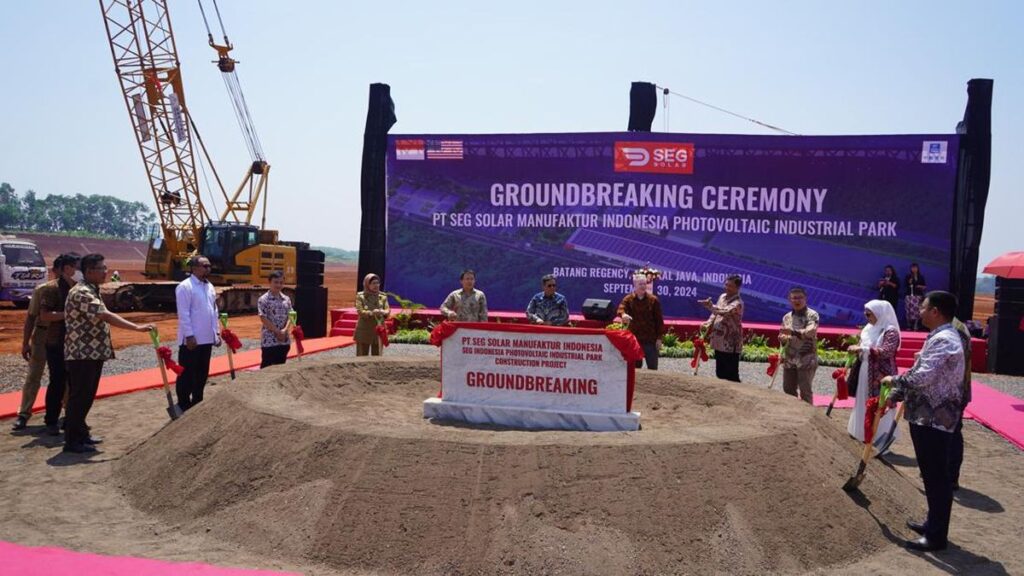For Prakash Sharma, a 67-year-old diamond hunter from the Panna district in India’s central state of Madhya Pradesh, diamond hunting is more than just a livelihood—it’s an obsession. “I feel sick if I don’t search for diamonds. It’s like a drug,” Sharma says, his voice laced with the intensity of a passion that has dominated his life for over five decades. He is just one of the many individuals who have spent years digging through Panna’s soil in search of fortune.
Panna is one of India’s most impoverished regions, where many of its residents struggle with poverty, limited access to clean water, and a lack of job opportunities. Despite these challenges, the district holds a special place in India’s diamond industry, being home to the country’s richest diamond reserves. These natural treasures make Panna a magnet for diamond hunters, despite the harsh realities of life in the region.
The diamond mining industry in Panna is a mix of government-regulated and small-scale operations. While most of the mining activities are under federal oversight, small parcels of land are leased annually at nominal rates to local miners, allowing them to try their luck. The Majhgawan mine, managed by the state-owned National Mineral Development Corporation (NMDC), is the only fully mechanized diamond mine in India and has been a significant player in the region’s economy since its establishment in 1968. By 2024, it had produced over 1.3 million carats of diamonds, a testament to Panna’s rich diamond legacy.
However, this legacy is under threat. The diamond reserves in Panna have dwindled due to decades of over-mining, and the once bountiful finds of large, rare diamonds are now a distant memory. Nonetheless, this decline has not deterred local miners. Thousands of hopefuls, including Sharma, continue to sift through the gravel in search of diamonds. For them, the pursuit is not just a means of escaping poverty but also a deeply ingrained tradition, passed down through generations.
The mining process is laborious and time-consuming. Miners spend their days digging through gravel, washing, drying, and carefully sifting it, hoping to spot the telltale glint of a diamond. It is backbreaking work, and the rewards are far from guaranteed. When diamonds are found, they must be handed over to the government’s diamond office for evaluation. After taxes and royalties are deducted, the stones are sold at auction, and the miners receive their share. For many, the lengthy process of receiving payment can be frustrating, yet the prospect of uncovering a life-changing find keeps them going.
Sharma’s own journey began in 1974, soon after he finished school. Inspired by his father, a renowned diamond hunter in their village, Sharma decided to forgo a stable government job to pursue diamond hunting full-time. His passion was rewarded early on when he discovered a six-carat diamond, a valuable find that fueled his determination to keep searching. Decades later, Sharma is still in the mines, driven by the hope that another windfall awaits.
For many in Panna, diamond hunting is a family affair. Entire households contribute to the search, with children and elders alike taking part in the arduous task of digging and sorting through gravel. Shyamlal Jatav, 58, is another miner who embodies this multigenerational tradition. His grandfather was a diamond hunter, and now his son is continuing the legacy, balancing his studies while working part-time in the mines. Jatav recalls stories of his grandfather’s diamond finds, although the stones were worth far less in those days compared to today’s market, where diamonds can sell for tens of millions of rupees.
Yet, for every story of modest success, there are tales of extraordinary fortune. In July, a laborer named Raja Gound made headlines when he discovered a massive 19.22-carat diamond after more than a decade of mining. His find, auctioned for approximately 8 million rupees (around $95,000), allowed him to pay off debts and lift himself out of financial hardship. Such stories fuel the dreams of thousands of miners, who continue to endure the difficult and often dangerous conditions in the hope of striking it rich.
India has a storied history in the global diamond trade, having been the world’s only source of diamonds for over 3,000 years before the discovery of new mines in Brazil and South Africa in the 18th century. Despite the competition from other regions, Panna’s reputation as a diamond hub has remained intact, and the district’s Majhgawan mine continues to be the country’s primary source of diamonds. However, the majority of miners in Panna operate outside of the formal system, choosing instead to sell their diamonds on the black market to avoid taxes and receive faster payments. The extent of this illegal trade is unknown, but it is widely acknowledged to exist.
Local authorities have attempted to curb these illicit practices, but the challenge is immense. Many of the diamonds mined in Panna are small and don’t fetch high prices, making them harder to track. According to Panna’s mining officer, Ravi Patel, the number of diamonds officially submitted for government auctions has dramatically declined. In 2016, the government received 1,133 diamonds; by 2023, that number had dwindled to just 23. Officials attribute this decline to stricter regulations and the expansion of protected areas within the Panna Tiger Reserve, where mining is prohibited.
The tiger reserve, home to more than 50 tigers, presents a unique challenge for diamond hunters. Conservation efforts have restricted access to forested areas, including the buffer zones where some miners previously operated. Those caught mining in these restricted zones face severe penalties. Despite these obstacles, many miners remain undeterred, continuing their quest for diamonds in the shallow, non-restricted areas of Panna.
For some, diamond hunting represents a lifeline in times of economic hardship. Prakash Majumdar, who started mining in 2020 after losing his job during the Covid-19 lockdown, found his first diamond within a month of digging. Valued at 2.9 million rupees, the discovery allowed him to move his family into a concrete house and secure a better future. Now, as the elected village head, Majumdar’s story stands as an example of how the diamond mines of Panna continue to shape lives and destinies.
Even with the decline in diamond reserves, the spirit of those who dig remains undiminished. Diamond hunting in Panna is more than just an industry; it is a way of life, deeply embedded in the cultural and social fabric of the region. And for many, the promise of one day finding that elusive, life-changing diamond remains a dream worth chasing.





